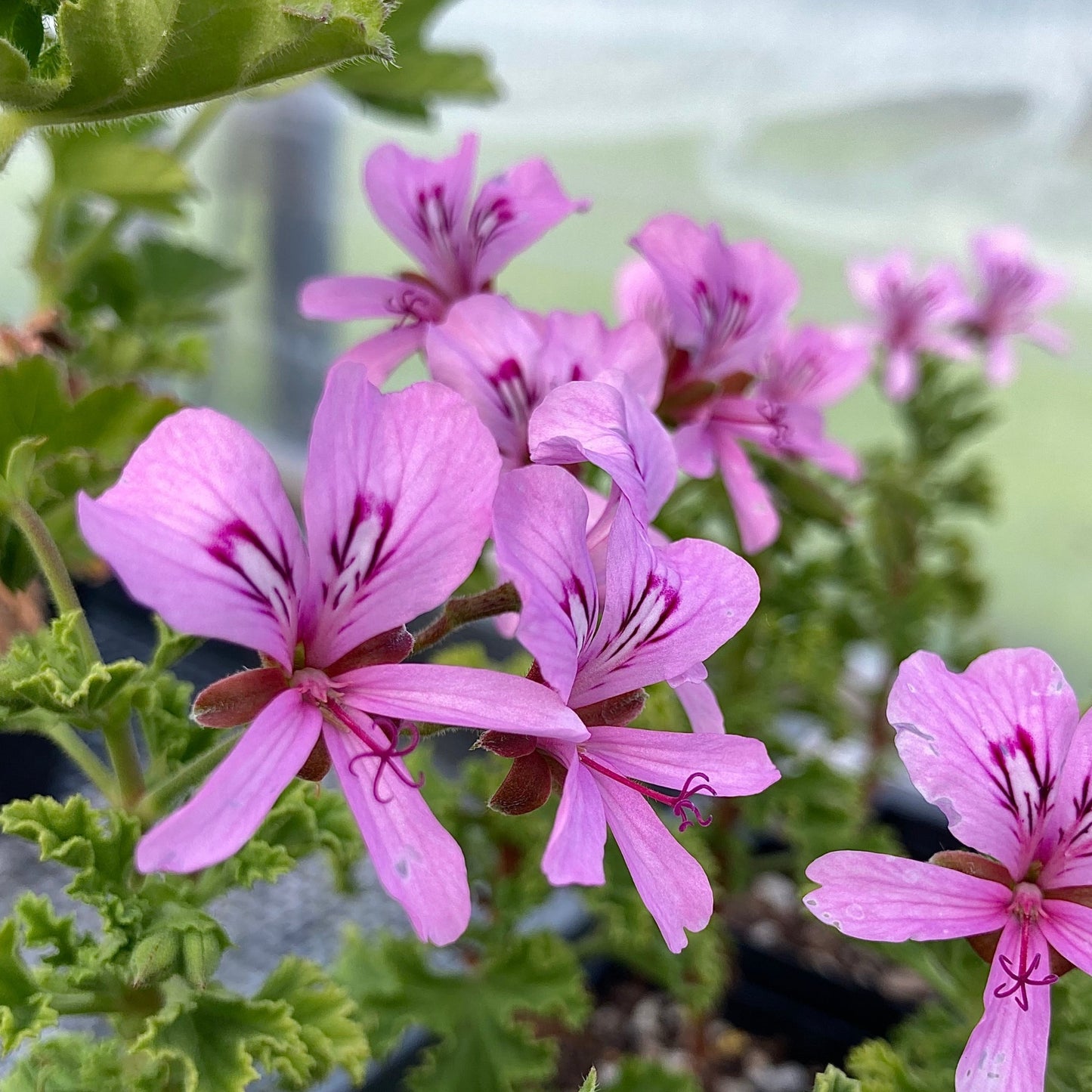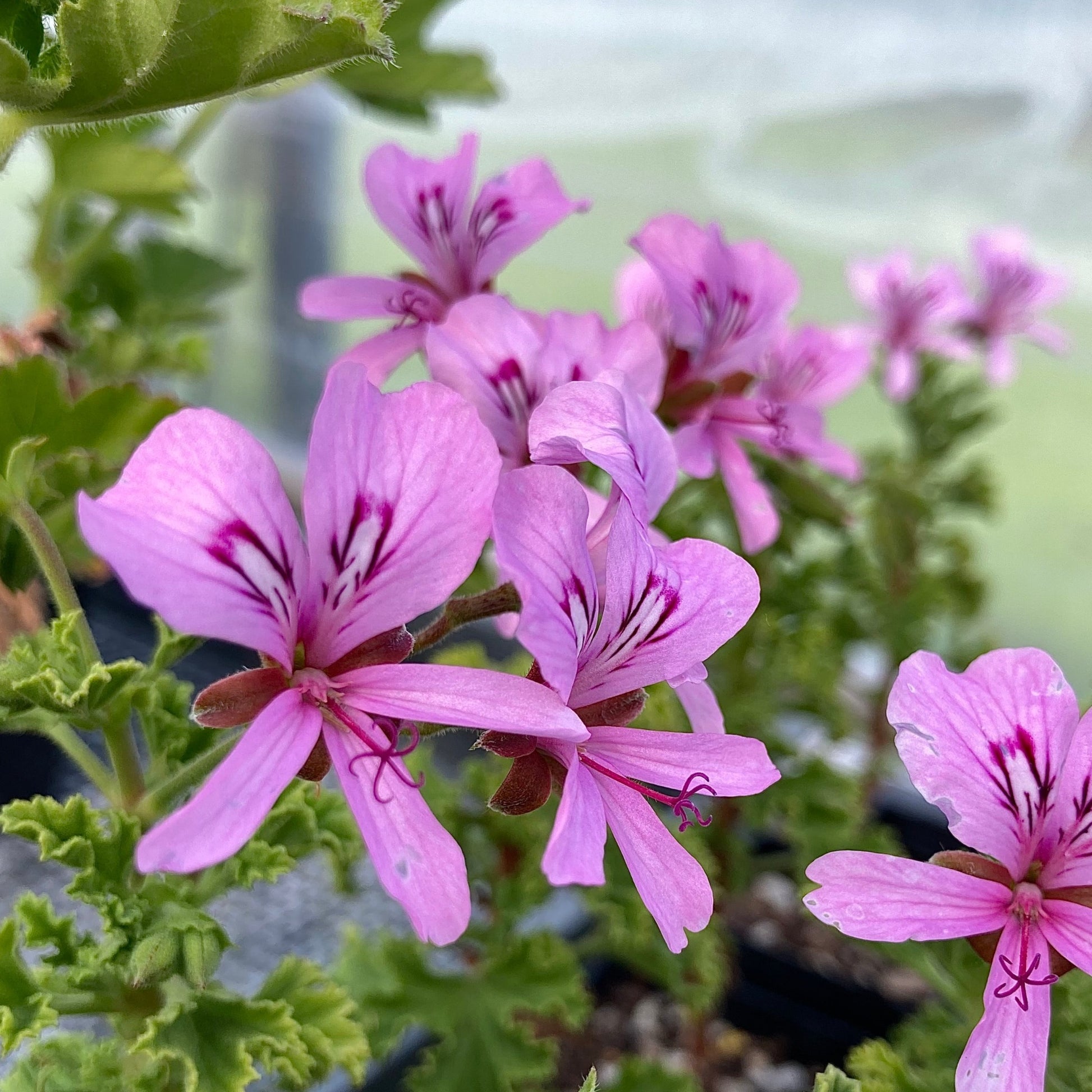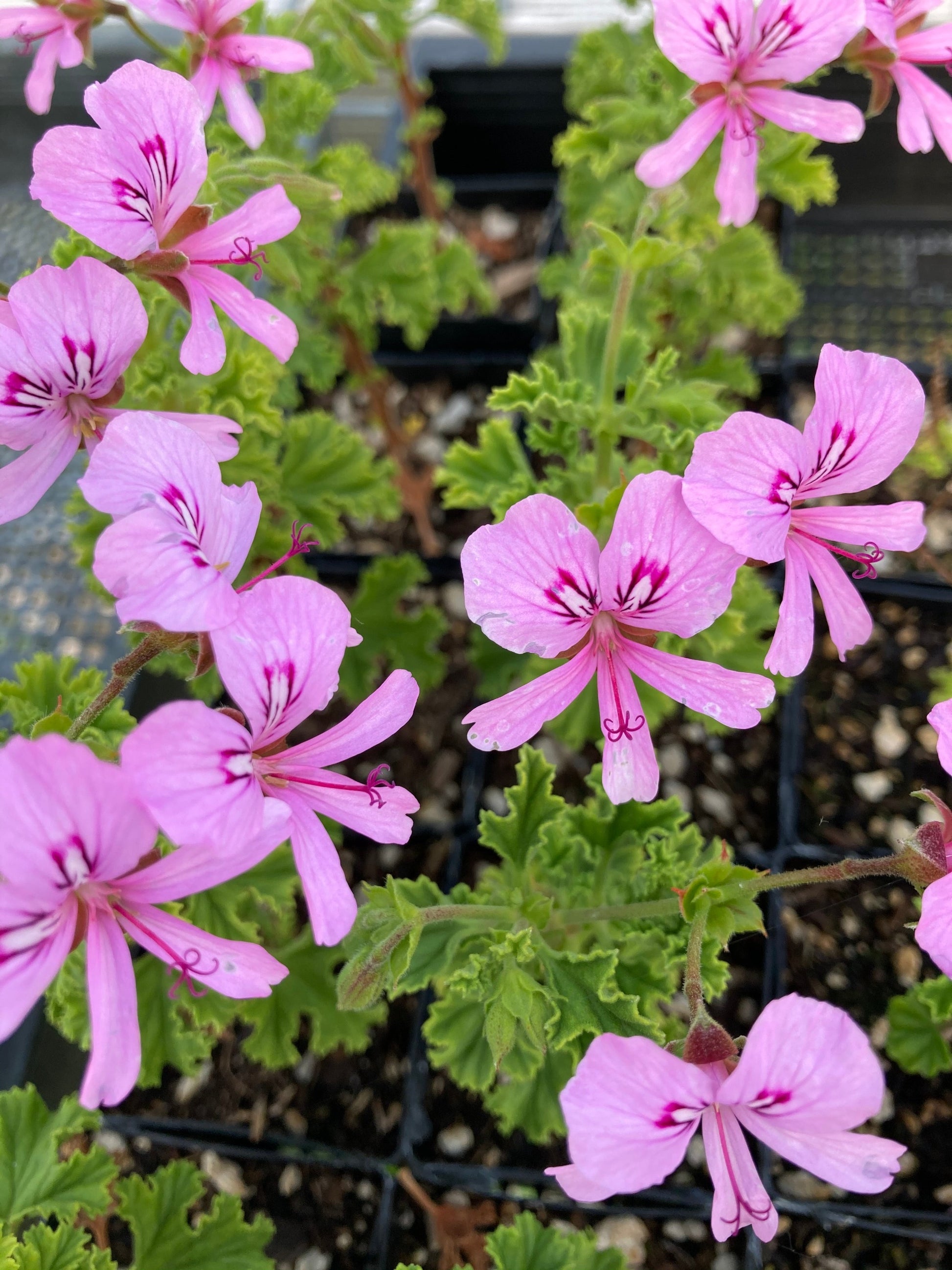1
/
of
2
Pelargonium 'Crispum Major' (lemon scented geranium)
Pelargonium 'Crispum Major' (lemon scented geranium)
Regular price
$7.95 USD
Regular price
Sale price
$7.95 USD
Unit price
/
per
No reviews
Stock Available:
4
Couldn't load pickup availability
This is similar to the lemon-scented geranium. The leaves are larger and the stems taller and stouter. The scent is also strongly lemon.
The scent is contained in small beads of oil produced in the glands at the base of tiny leaf hairs. Bruising or crushing a leaf breaks the beads and releases their fragrance.
Tender Perennial
Height x Width: 2 ft. x 1-2 ft.
Zones: 8-9; or indoors
Some Shade in Hottest Climates; Bright Sunny Window
Moderate to Regular Water
Remember to place pots so that the foliage is within easy reach of chairs, benches, and walkways. Many varieties are suitable for hanging baskets or window boxes, and can be mixed with other trailing annuals for a fuller effect. A few types can also be trained into topiaries. Scented geraniums grown in containers need repotting every year or two.
Choose a pasteurized potting soil that contains peat moss, perlite, composted bark, or similar ingredients. It should hold moisture evenly but allow excess water to drain off rapidly –pelargoniums hate wet feet.Water the plants thoroughly when the top of the soil begins to dry out and always empty out any water that collects in saucers placed under the pots. Check plants daily, until you have determined the proper watering schedule for each one.
Feed scented pelargoniums with a balanced, water-soluble liquid or a slow release granular fertilizer. We generally use half the manufacturer’s recommended dose during the growing season, and taper off after that. Outdoors, keep your pots in a bright spot, but shielded from direct sunlight in hot climates. Bring them indoors when frost threatens and place them in a sunny, south-facing window where they will get at least four to five hours of sunlight daily. If you grow scenteds in flower beds, it’s easier to winter them over by rooting some cuttings in the early autumn than to dig them up and bring them inside. Prune and shape leggy plants whenever necessary; the best time to prune established plants is in late winter or early spring.
Share




